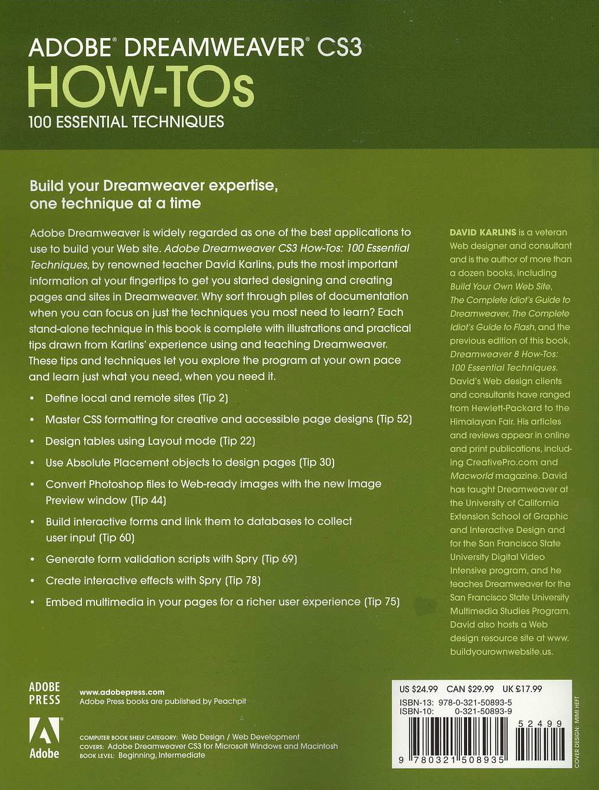
Journals 2008
Year to Date
January
February
March
April
May
June
July
August
September
October
November
December
Time Tables 2008
Year to Date
January
February
March
April
May
June
July
August
September
October
November
December

Journals 2008
Year to Date
January
February
March
April
May
June
July
August
September
October
November
December
Time Tables 2008
Year to Date
January
February
March
April
May
June
July
August
September
October
November
December
It is -2 C with a high forecast of +8 C. Sunrise 7:22 Sunset 18:07 Hours of daylight: 10:45
Today's routine should be similar to yesterday's. A little coffee, a little Rumi, a little Dreamweaver, a little fiction and a little work on the model train layout.
| Learning Category | Planned Activities for Today | Time |
|---|---|---|
| Literature | Begin morning with a Rumi reading | |
| Literature | Continue reading "The Other Side of the Bridge" by Mary Lawson | 1 hr |
| Technology | Continue reading "Adobe Dreamweaver CS3 How-Tos" by David Karlins | 1 hr |
| Model Trains | Install 3 Caboose Industries Ground Throws | 1 hr |
| History | Begin reading "A Short History of Progress" by Ronald Wright | 1 hr |
This book consists of 12 chapters with a total of 100 sections, each focusing on a specific technique. I am making these notes as a way of reinforcing my understanding of the various features of Dreamweaver CS3.
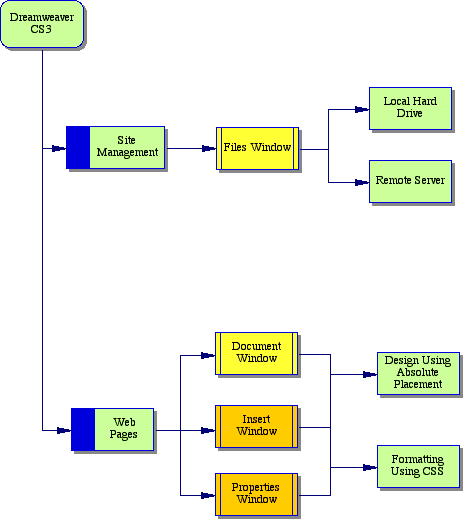
Now lets have a look at the techniques in Chapter Four:Creating a Web Site. Designing Pages with Absolute Placement Objects.
For me, this is the most important chapter in the book. There are two fundamentally different ways of designing a web page. One method, which emerged early in the days of web production, was when someone realized that a table with invisible borders could be used to divide a display into regions, each of which could contain different information. The second, which is consistent with the latest W3C standards for XHTML, involves the absolute placement of objects within rectangular regions. The formatting of the material within each region is then defined by means of a cascading style sheet (CSS). This separation of the content from the formatting commands is, at least initially, counter-intuitive, but it turns out that it leads to a much cleaner and more standardized approach to the underlying code that drives the display. Perhaps more importantly, it makes it much easier to modify a page once it has been created and it makes it much easier to display the same information on many different devices (e.g. computer screens, cell phones, iPods, PDAs, ...).
Tags: web authoring, Dreamweaver CS3, XHTML, CSS
One book has been added to the table below.
Books on the Go |
|
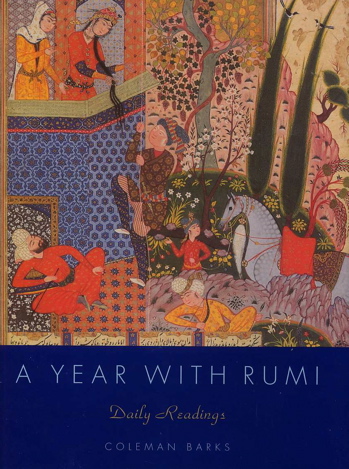 |
 |
 |
 |
 |
see larger image below |
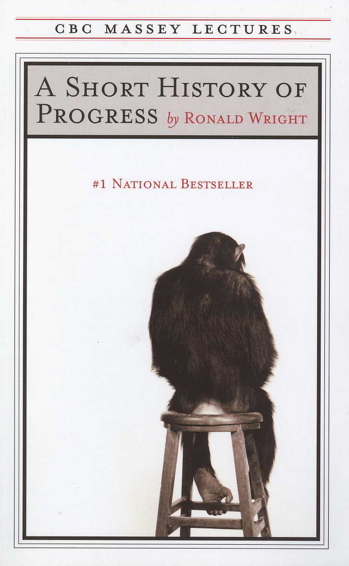 |
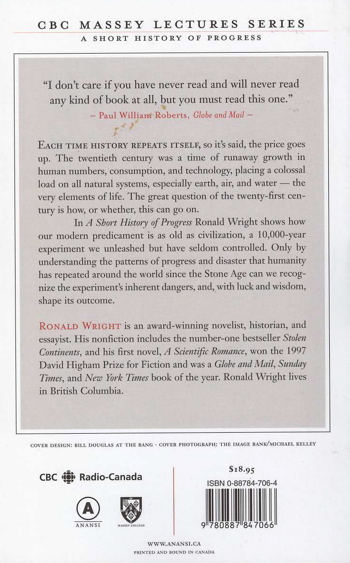 |
